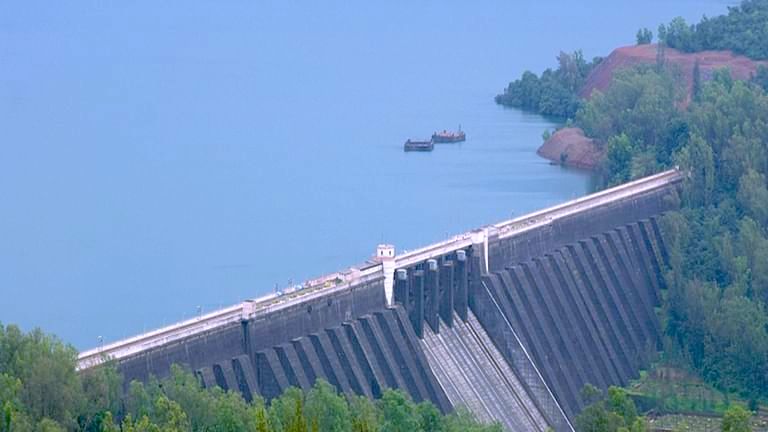I read yesterday that one of New Zealand’s hydroelectric power projects will use excess electricity to mine bitcoin.
What if hydroelectric power projects in India could do the same?The state I live in, Maharashtra, has one of India’s largest hydroelectric power plants, Koyna.

Now, the Maharashtra State power generation utility lost ₹230 crore or ~$30 million in 2019-20. The price of bitcoin today is roughly $45,000. That means it would take about 30 million / 45,000 = 666 bitcoin at these prices to make up for the shortfall.
How much power would that take?
A few months ago, CNet estimated that it took about 1544kWh to mine one bitcoin. At that rate, to mine 666 bitcoin it would take 1544kWh x 666 = ~1030MWh.
The Koyna project has an installed capacity of 1960MW.
So very roughly, that’s 100% of Koyna’s output for 31 minutes, or 1% for 300 minutes, or 0.001% for 300,000 minutes or 83 hours. One would think that the power plant could spare that much extra capacity over the course of a year.
Obviously this is capped by the bitcoin mining rate (today ~6 ¼ bitcoin is mined as reward every 10 mins). And competition from miners throughout the world. But over a *year* it should be doable.
This is a simple thought experiment. The number are rough, but in the right ballpark. The market value of a marginal MWh of generated power is now measurable. The question is whether utilities in India and globally will take act on it.
Also read: a previous piece I wrote on Bitcoin as economic battery.